Mannequin Designer Ralph Pucci's Playful Humanoids
Ralph Pucci, a high-end mannequin and furniture designer, has collaborated with a wide range of artists throughout his career, producing unorthodox renditions of mannequins since the 1970s.
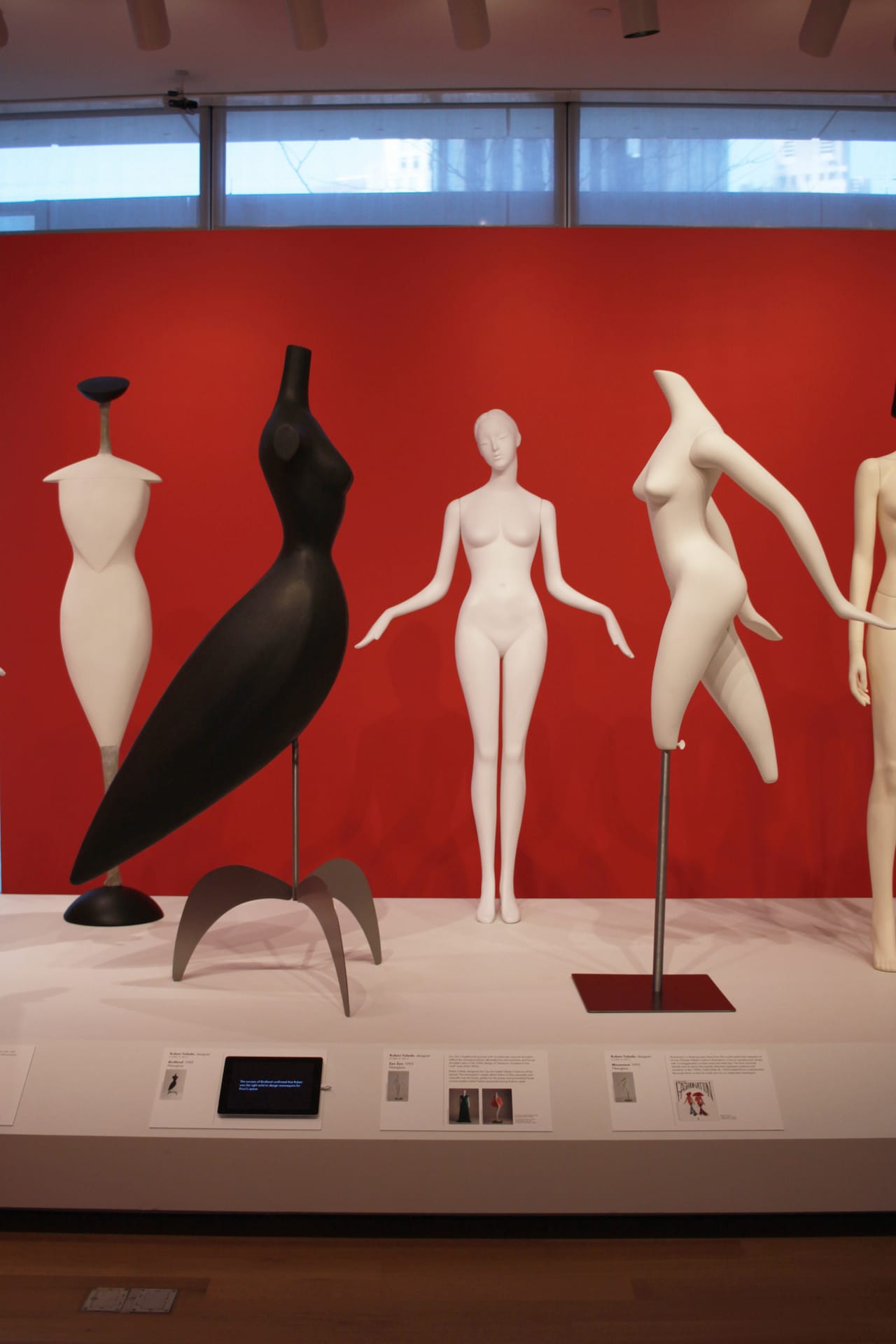
Ralph Pucci, a high-end mannequin and furniture designer, has collaborated with a wide range of artists throughout his career, producing unorthodox renditions of mannequins since the 1970s. After inheriting his parents’ mannequin repair business, Pucci sought to stretch the stringent commercial parameters of the design object. The Museum of Arts and Design is currently celebrating Pucci’s innovations with a retrospective that features mannequins designed by him and his collaborators, as well as a studio space that provides spectators with a window onto the assembly process.
The studio is a replica of the space used by longtime Pucci collaborator and sculptor Michael Evert, who will be designing and building mannequins in the museum on the first and last Thursday of each month throughout the exhibition’s run. While the mannequin is a ubiquitous object, the process of its construction typically goes unseen and unheralded. Just viewing the space itself (you can’t enter), which showcases sketches and tools, illuminates the craft of putting these figures together. Behind the objects’ often homogenous image lies a labor-intensive process.
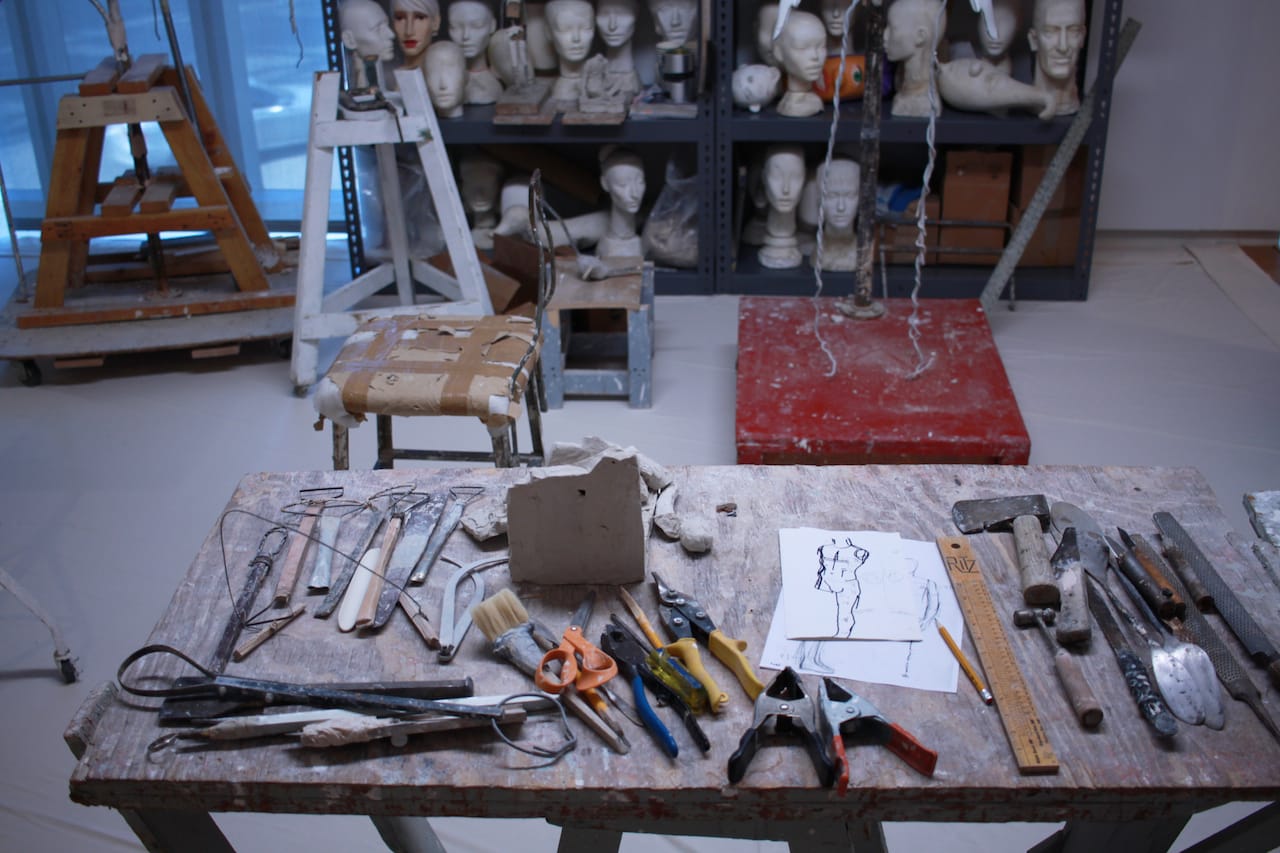
The exhibition’s swath of unique takes on the common retail object reveals Pucci’s curatorial and creative sensibilities. In a statement on his website, he explains: “I am not interested in the mass produced product. I want the hand of the artist to be seen and experienced.” This is achieved by deviating from the strict commercial standards of the fashion world to show a wider breadth of colors, positions, and characterizations in the mannequins.
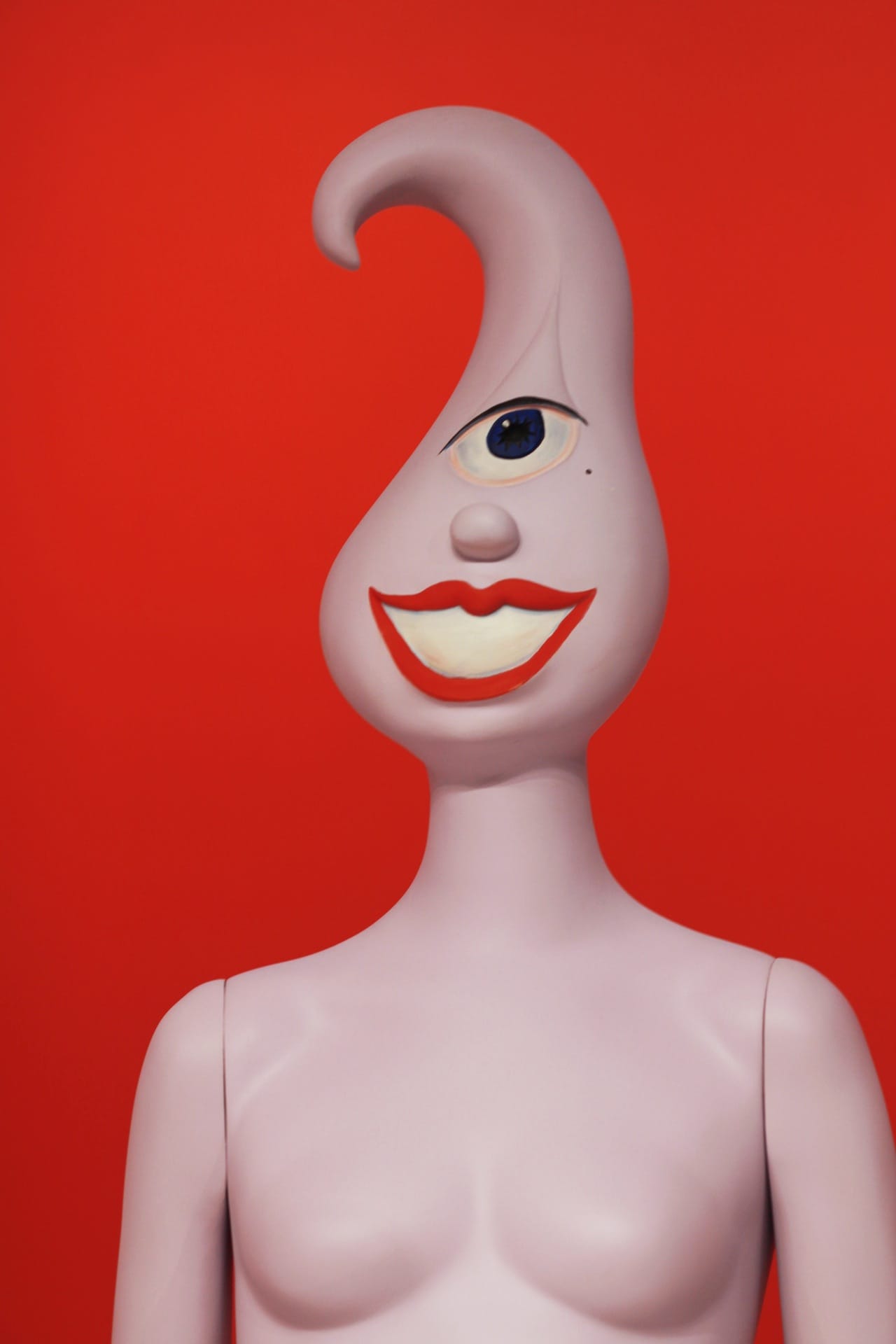
Through his partnerships, Pucci has given artists the space to project their styles onto the mannequin form. Kenny Scharf’s “Swirly,” for example, is a three-dimensional incarnation of the fluid creatures that populate his paintings and murals. Jeffrey Fulvimari’s “Camille” is animated through active body language, rather than standing in a still pose like most of its kind.
Through the colliding aesthetics of the models on display, the show reveals Pucci’s desire to push the boundaries of high-end fashion design, taking full advantage of the canvas provided by the mannequin. Also on view are selections of jewelry that Pucci showcases on the mannequins — but while that work is attractive in its own way, the revelations provided by the mannequins are much more interesting. These figures feel like a new form of sculpture in the wake of Pop art, exploring the humanoid through the commercial object.
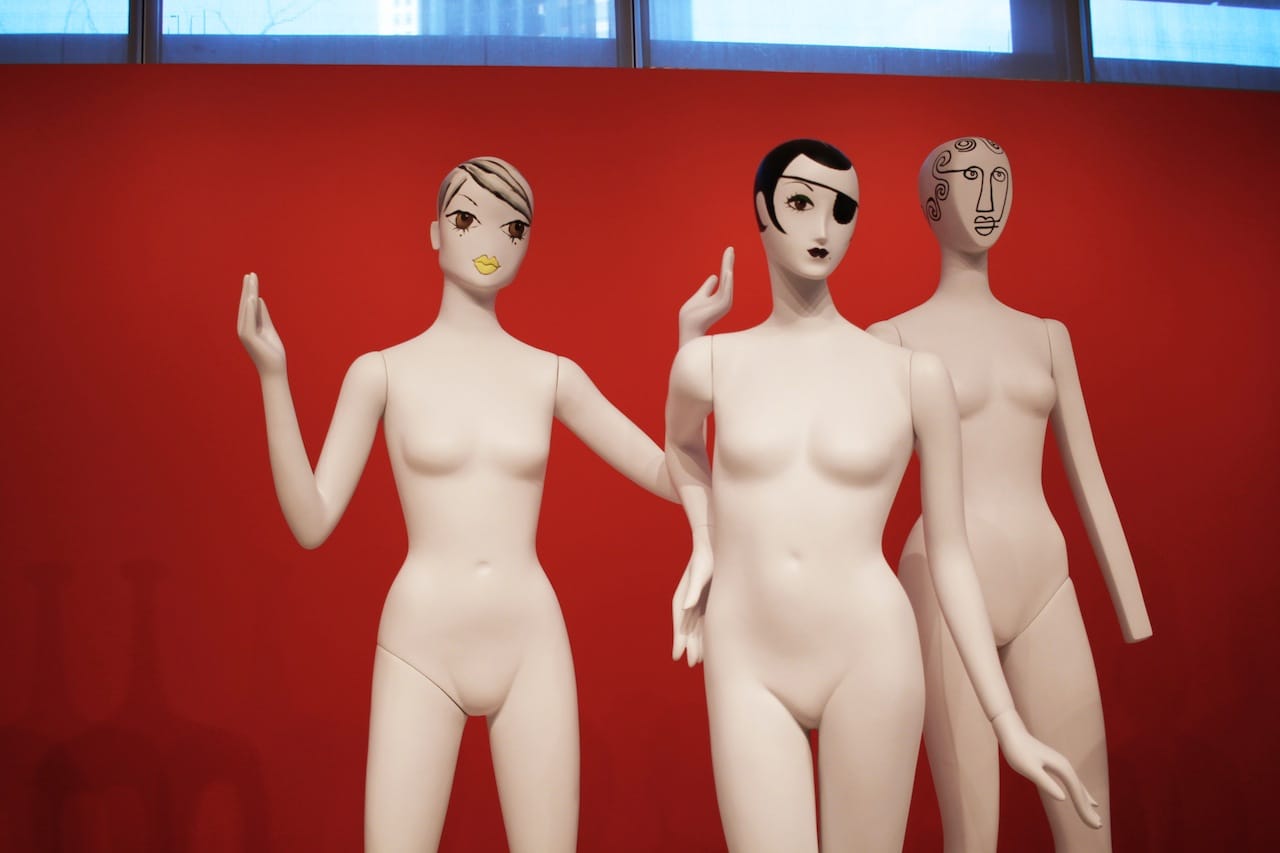
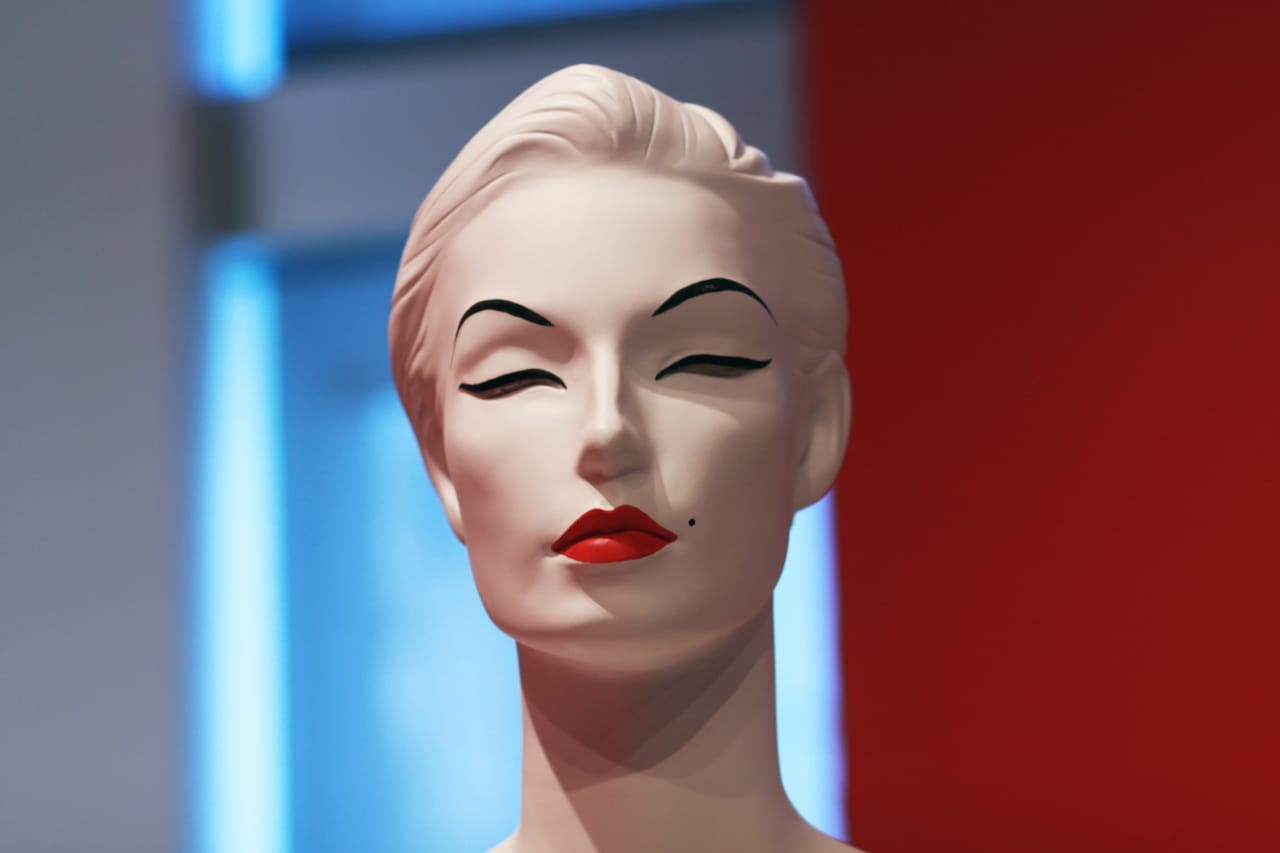

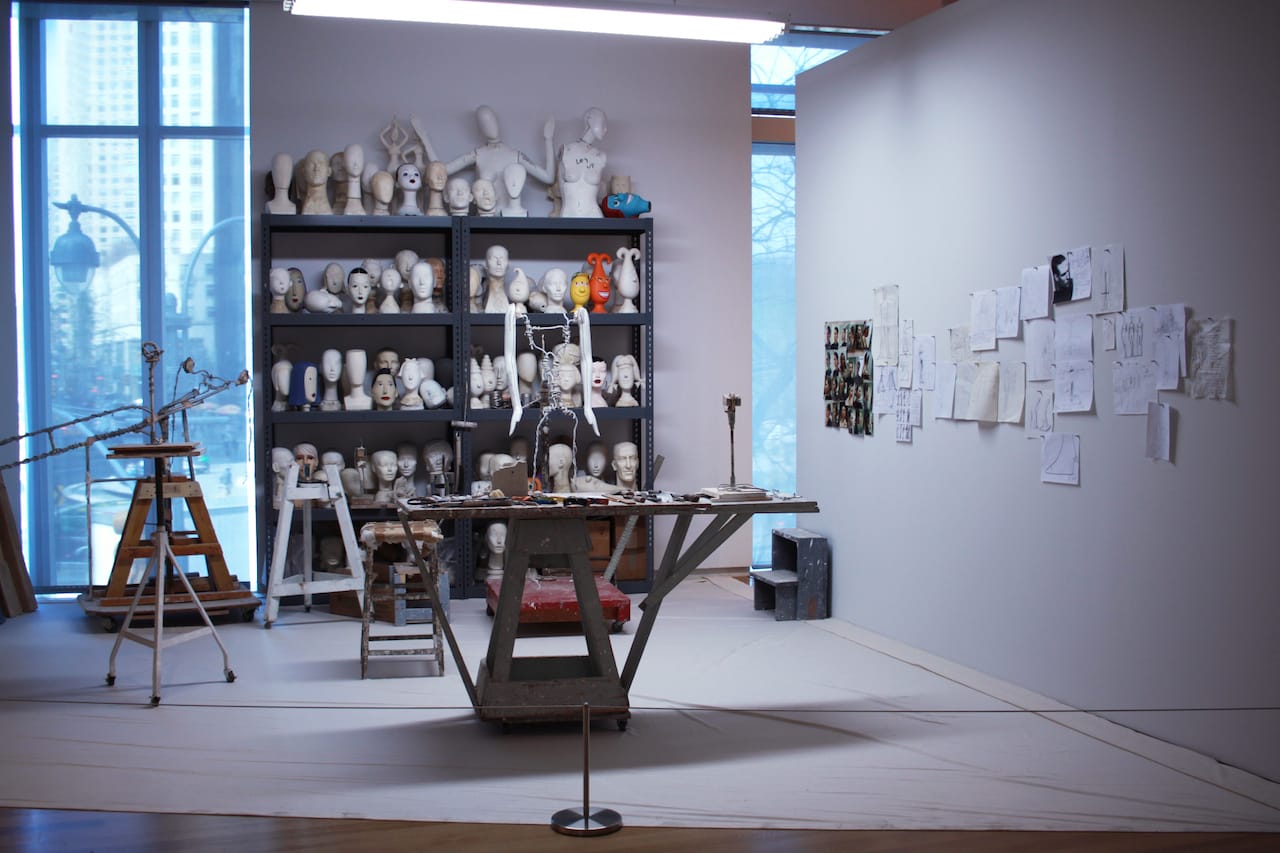
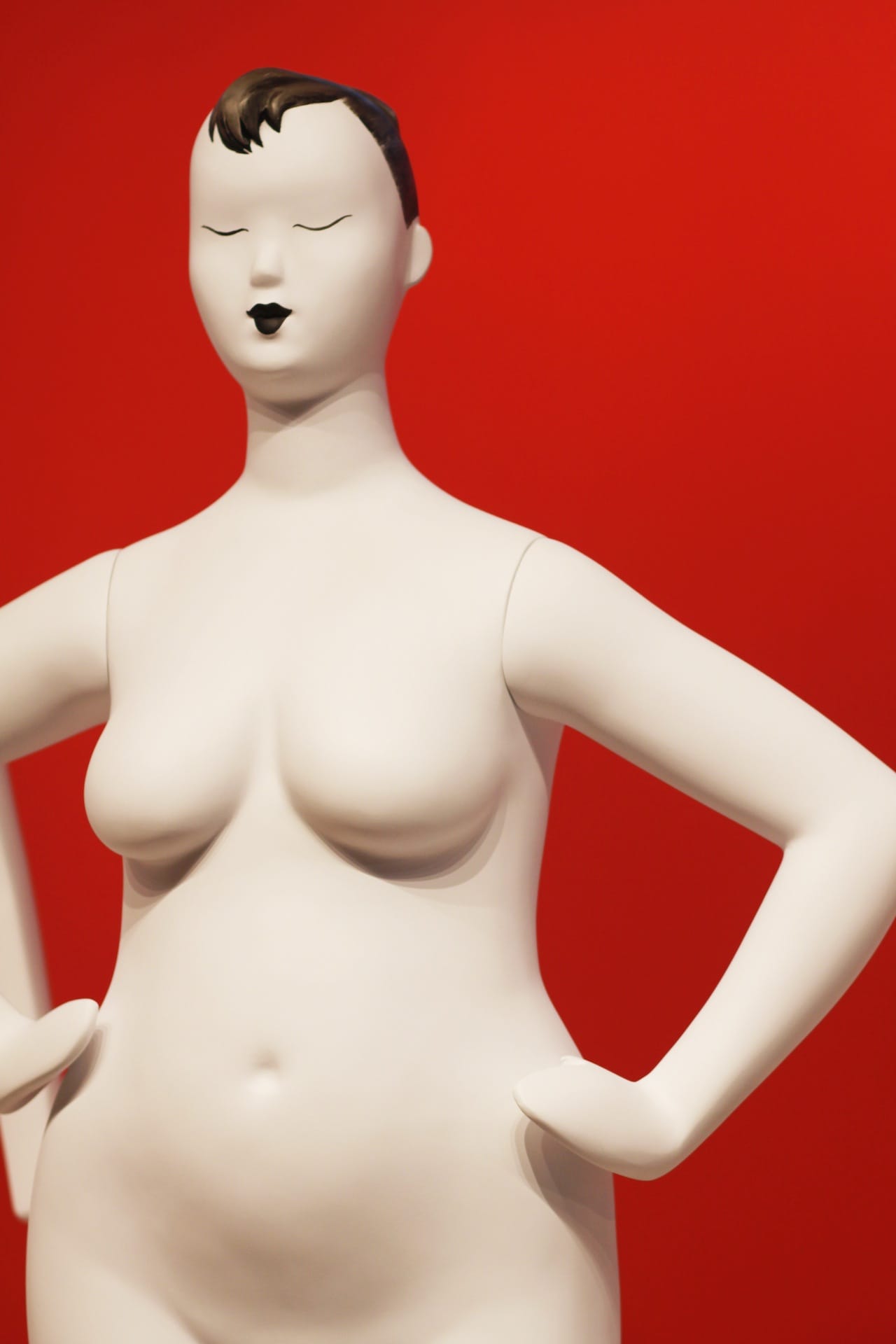
Ralph Pucci: The Art of the Mannequin continues at the Museum of Arts and Design (2 Columbus Circle, Manhattan) through August 30.




